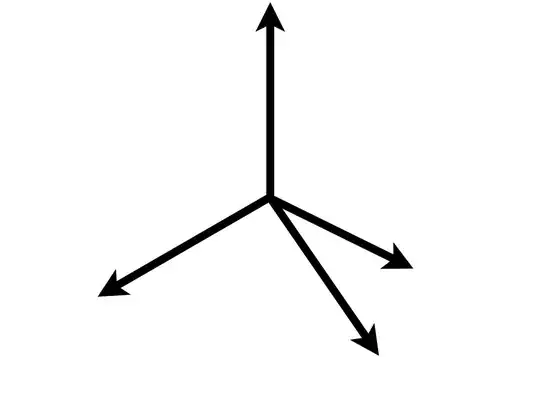My question is regarding spreading $m$ vectors in an $n$ dimensional space such that the vectors are maximally distant from each other. For example, let us say I have a 2-D space, and 3 vectors, the maximally distant spread would look as follows:

If I had 4 vectors in a 3D space it would look like this:

I'd like to know if there is a generic method to calculate a spread of vectors like this. I understand that one of the vectors would have to be given in advance so that all other $m-1$ would be aligned in relation to it.
So basically, given a vector $[v_1, v_2, ..., v_n]$ in an $n$-dimensional space I'd like to know of a way to determine what is the spread of another $m-1$ vectors such that all $m$ vectors have maximum distance between them.